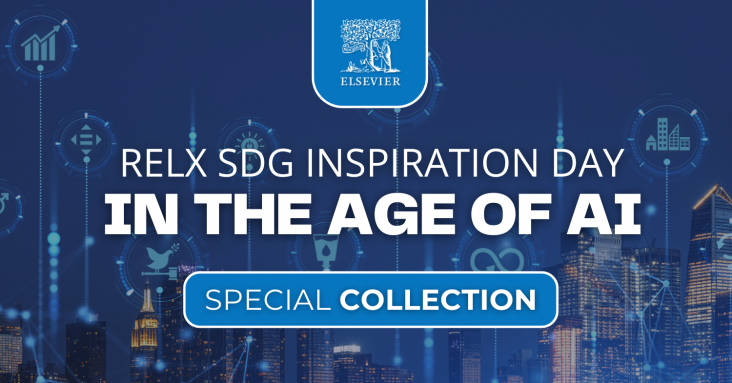Gala, D., Khetan, S., & Mehendale, N. (2024). Assessing opportunities for enhanced lighting energy conservation via occupancy and daylight monitoring. Measurement: Energy, 3, 100015.
This article addresses SDGs 7, 12 and 13 by examining responsible energy consumption and automated systems that provide potential efficiencies through lighting optimization.
Advances in Energy from Waste: Transformation Methods, Applications and Limitations Under Sustainability, Woodhead Advances in Pollution Research, 2024, Pages 503-524
Renewable and Clean Energy Systems Based on Advanced Nanomaterials: Basis, Preparation, and Applications, Volume , 1 January 2024
This paper systematically reviews the current state-of-the-art and future perspectives of AI in battery research and applications for EVs.
Evolution and Trends of Sustainable Approaches: Latest Development and Innovations in Science and Technology Applications, 2024, Pages 209-226
This chapter ties into Sustainable Development Goal 7, Sustainable Development Goal 9, and Sustainable Development Goal 13 by promoting the adoption of green hydrogen as a clean and sustainable energy source, emphasizing the development of decision support systems for designing hydrogen supply chains which involves innovation and the creation of new infrastructure, and addressing the environmental consequences of conventional energy sources by focusing on green hydrogen as a viable solution to mitigate climate change impacts.
The content of the chapter aligns with UN SDG 7 (Affordable and Clean Energy) and SDG 13 (Climate Action) by discussing strategies to reduce greenhouse gas emissions, promote clean energy technologies, and address the impact of climate change through the adoption of sustainable energy solutions.

